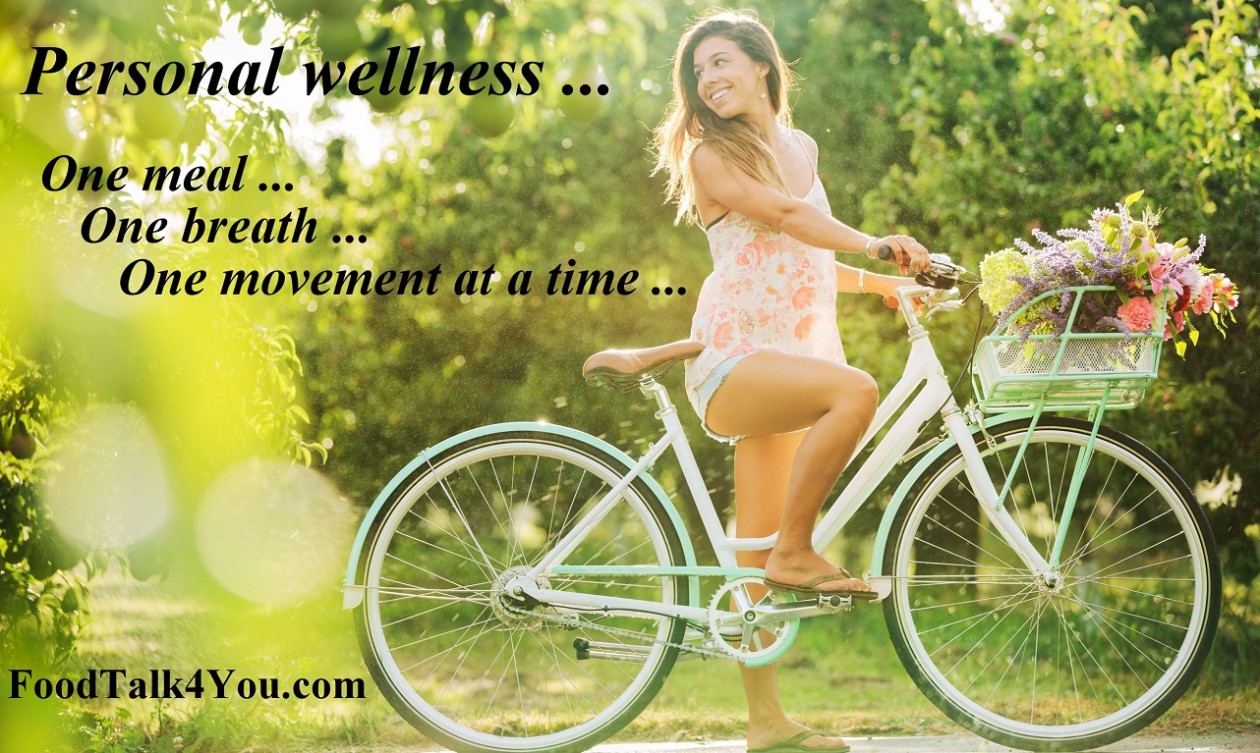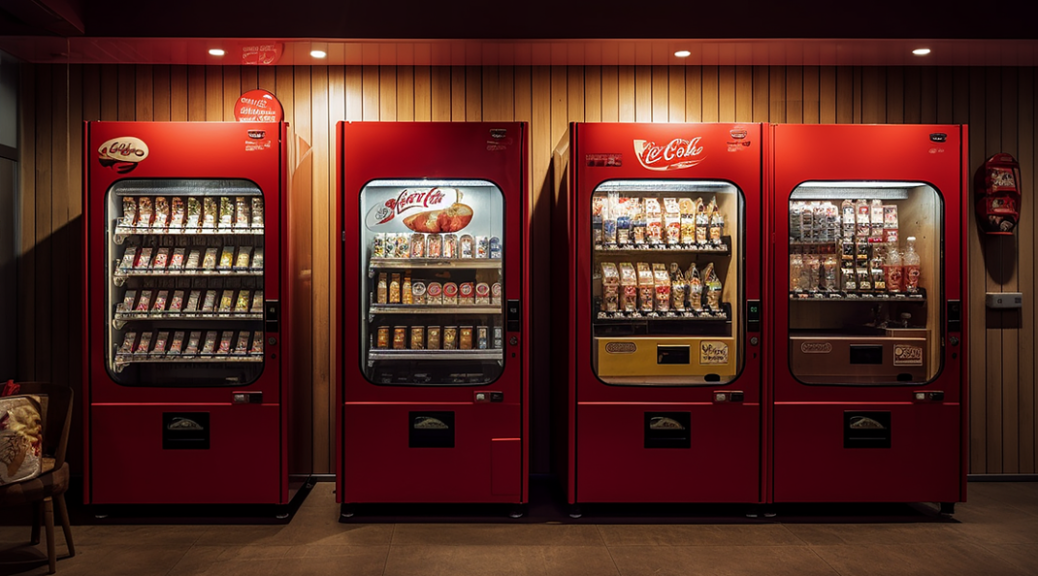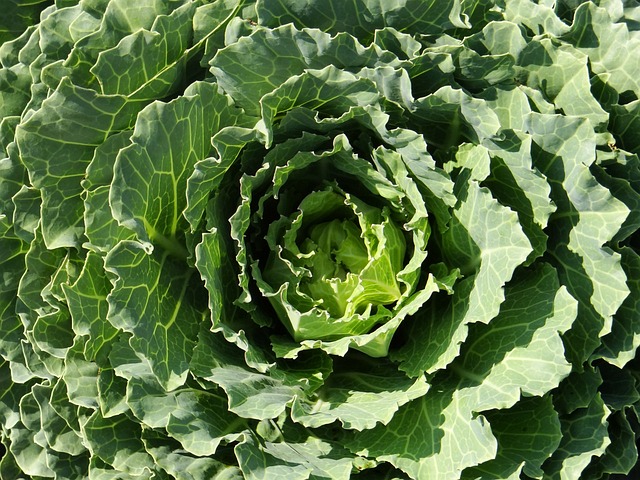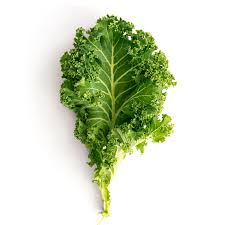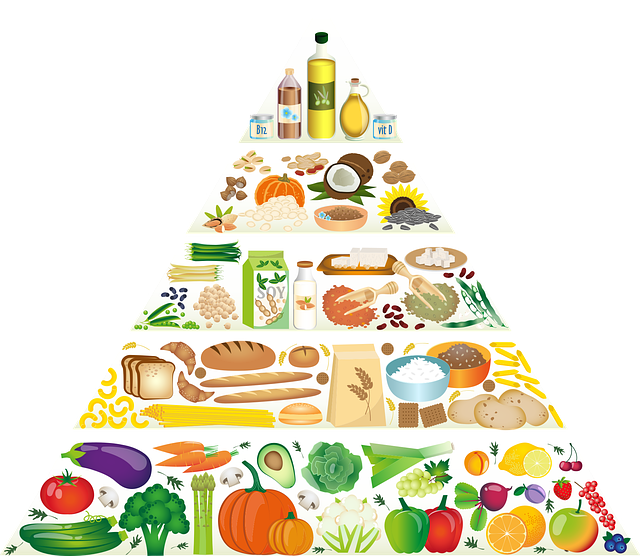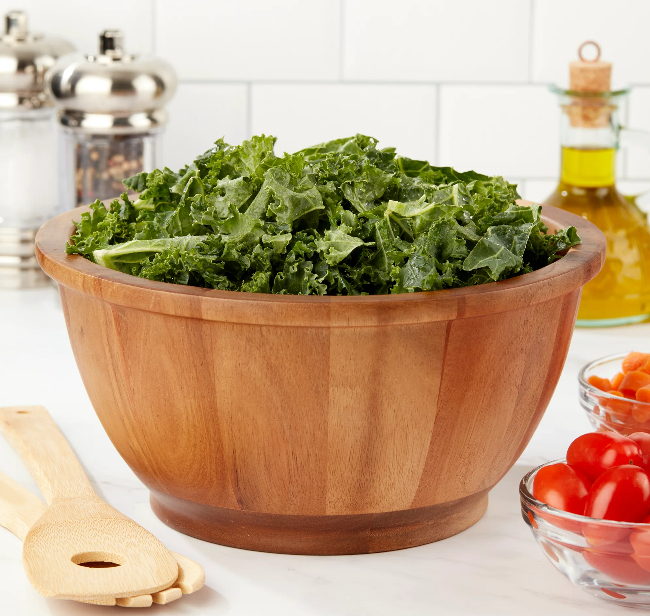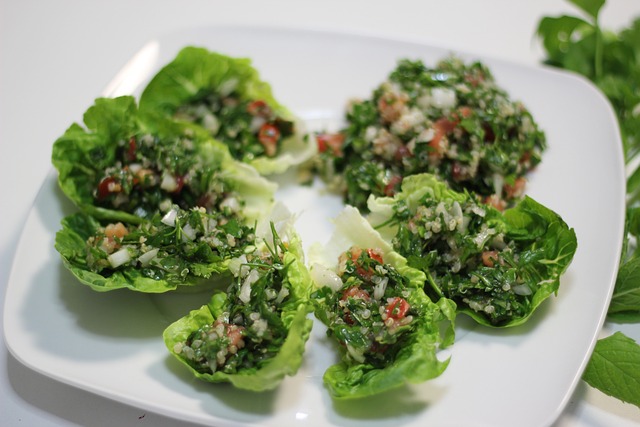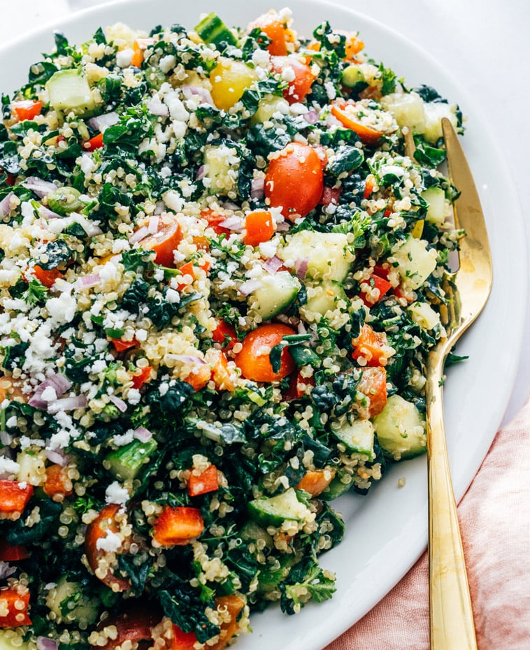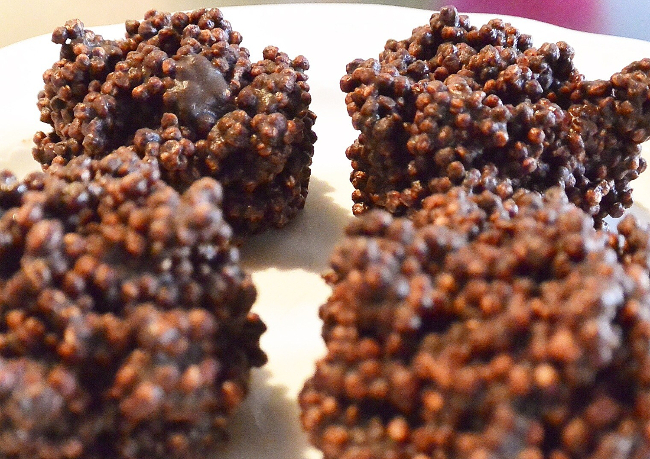No, I’m not throwing away all I stand for. But – convenience foods? That brings visions of little boxes of mac ‘n cheese.
Egad – no.
I’m talking about something we love to eat this summer; but it could also become a key convenience ingredient for winter soups.
What is it?
My new best friend – large bags of done-for-you kale salad!
When combined with another favorite – homemade Quinoa Salad – well, we just can’t stop raving.
In this hot, humid North Carolina summer weather with heat indexes over 100 degrees, we are scrambling for meals that won’t heat up the kitchen, provide leftovers, and are easy to pull together.
Raw kale is packed full of goodness. As described on healthline.com:
- Kale is a nutrient-dense food, as it’s low in calories and high in many important vitamins, minerals, and antioxidants.
- For example, 1 cup (21 grams) of raw kale contains only 7 calories (about 1 minute of running), but is an excellent source of vitamins A, C, and K. It’s also a good source of manganese, calcium, copper, potassium, magnesium, and several B vitamins.
- This vegetable is likewise packed with antioxidants. These molecules help counteract oxidative damage caused by compounds called free radicals and may reduce your risk of conditions like heart disease, Alzheimer’s, and certain forms of cancer.
The convenience of having the kale leaves washed and chopped with the tough center stem removed is a no-brainer for me. The addition of grated cabbage and carrots only makes these packaged salad greens even better.
—————–
To see how I’ve been putting the kale salads together, check out this printable recipe HERE:
—————
Then there’s part two. Quinoa salad. I consider quinoa a convenience food as well. In just a few minutes, you can cook a pot of quinoa and have a versatile cooked grain that can be:
- Eaten as is
- Dressed up as a hot cereal with butter, cinnamon, and dairy options
- Added to cookie or muffin batter
- Sprinkled on salads
What’s so special about quinoa? The folks at Harvard say it best:
- Though technically a seed, Quinoa is classified as a whole grain and is a good source of plant protein and fiber. One cup cooked provides about 8 grams of protein and 5 grams of fiber. Unlike some plant proteins, quinoa is a complete protein, meaning that it contains all nine essential amino acids that our bodies cannot make on their own.
- Quinoa is also naturally gluten-free and can be eaten safely if one has gluten intolerance such as celiac disease.
It’s important to rinse off the quinoa grains before cooking to remove the saponins, which create a natural pesticide. Place the quinoa in a fine mesh strainer and run water over the grains – I like to use the spray setting on my kitchen faucet. Allow to drain, and then put the grains in the pot with water to cook.
Outside of using quinoa (“Keen – wah”) at breakfast and in baking, I’ve been preparing regular batches of this powerhouse grain for Quinoa Salad. Taking a recipe for Greek Pasta Salad and swapping out the pasta for quinoa, created a wholesome meal.
—————
Sheree has prepared this second recipe for your viewing and printing pleasure HERE:
—————
While flying out to Hawaii to meet my newest grandchild recently, the airline offered little chocolate covered, puffed quinoa cookies. Delish! Having just learned that quinoa grains can be popped like popcorn, I will be doing some experimentation to try to duplicate these treats.
Stay tuned – there will be more recipes coming up with popped quinoa! You don’t want to miss those – make sure to subscribe to foodtalk4you. Scroll to the bottom of your screen or up to the left of your computer screen to fill out the simple subscription form.
In health –
Deidre
Some additional resources:
Nutritional benefits of kale – click HERE
Quinoa – A Harvard perspective – click HERE
